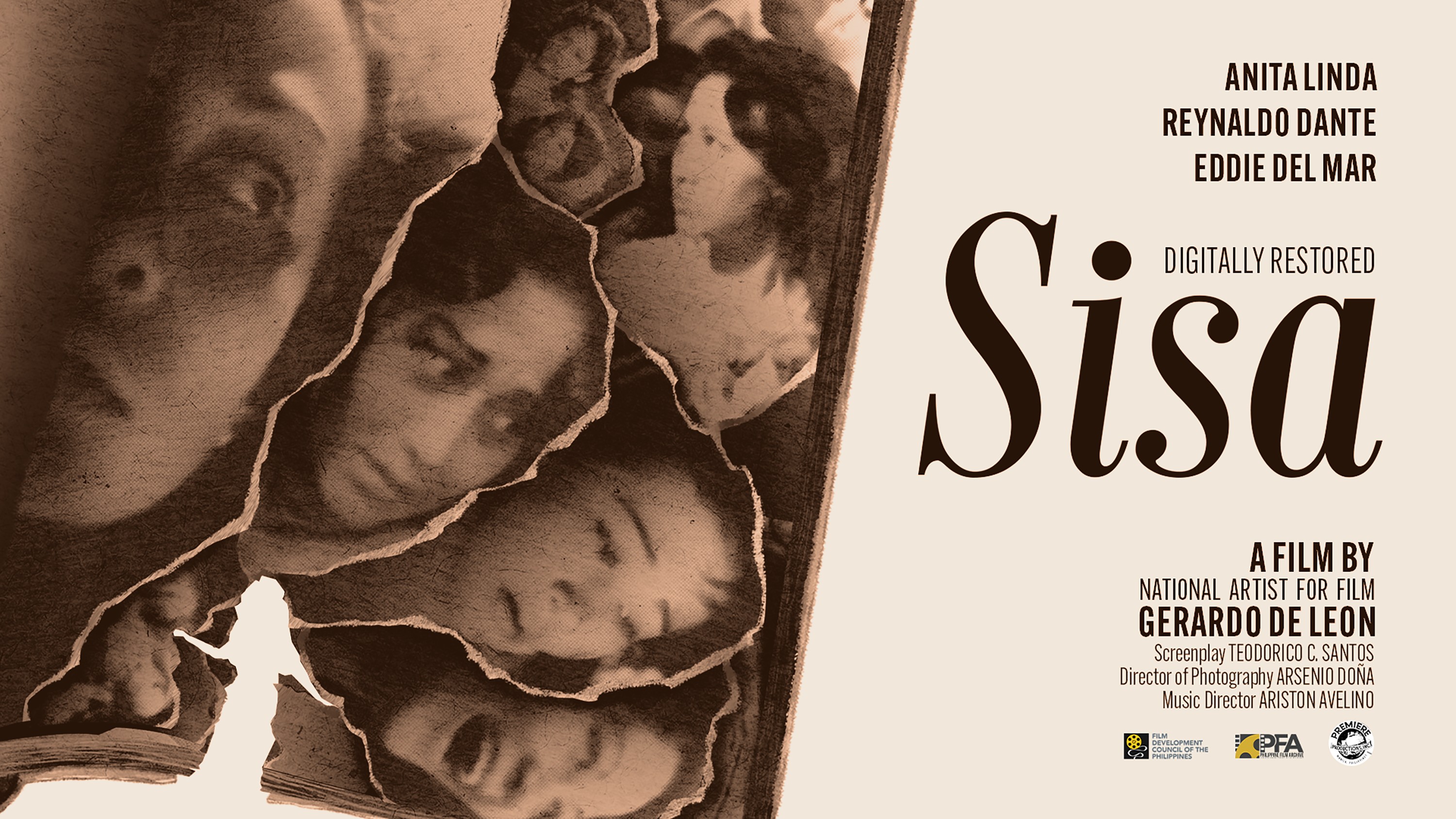Safe Filming Protocols Guide Yaparazzi Productions in Creating Fashion Film for Global Brand
MANILA, PHILIPPINES, SEPTEMBER 25, 2020 — Scripts and storyboards can go through many revisions, and more so now that there are numerous restrictions because of the coronavirus disease 2019 (COVID-19) pandemic. Physical distancing and strict hygiene measures must be in place in all production sites to ensure the health and safety of film and audiovisual workers.
Such is the case for Yaparazzi Productions, Inc., which registered its fashion film project with the Safe Filming Program of the Department of Health (DOH), Department of Labor and Employment (DOLE), and Film Development Council of the Philippines (FDCP).
Yaparazzi went through meticulous planning in order to push through with the fashion film. Changes were made to the setup and workflow in the shooting location so that Yaparazzi can abide by the FDCP-DOLE-DOH Joint Administrative Order (JAO) No. 2020-001 on the Health and Safety Protocols for the Conduct of Film and Audiovisual Production Shoots and Audiovisual Activities During COVID-19 Pandemic.
Prior to the shoot, the production company said in an official letter signed by Yaparazzi Managing Director Javi Martinez that it will follow the provisions in the FDCP-DOLE-DOH Joint Administrative Order No. 2020-001 with “complete compliance.” It also expressed its commitment to follow the Department of Transportation protocol on having a maximum of two people in a vehicle and the Department of Tourism (DOT) protocol on having a maximum of two persons in a hotel room.
In addition, Yaparazzi sought assistance from the FDCP to get approval from the DOT to shoot at The Henry Hotel Manila in Pasay City. The Safe Filming Program assisted the production company by coordinating with the DOT-National Capital Region (NCR) Office.
The two-day lock-in shoot of Yaparazzi at The Henry Hotel was able to provide a safe working environment for production team members who were prohibited from leaving the set to do away with cross-contamination with non-colleagues. There was even a guideline on disallowing the return of those who would choose to leave the set.
There were four work zones on the set: Zone 1 was for Production/Wardrobe, Zone 2 for Hair and Makeup, and Zone 3 for one photographer, one stylist, and one model with one client checking the photos remotely. Zone 4 had one safety officer, one videographer, two models, one lightman, one soundman, and one client. Another client in Zone 4 was checking the shots remotely.
Each zone had boxes of face masks, hand sanitizers, footbath mats, and disinfectant spray for undersoles. On-site workers were required to wear fresh face masks every four hours or between zones. All of them had extra face masks in their pockets, and safety officers went around to check for compliance.
A total of six safety officers were on the set, headed by the head safety officer. The roving team was also composed of the director and executive producer, a doctor, and a nurse. The medical and safety team was strict in screening the entry of on-site workers, leading to the replacement of one model who had a respiratory problem and the sending home of seven crew members who, upon arrival, showed symptoms of cough and sniffling.
Only one sequence at a time was shot on video and another on photo, with all on-site activities coordinated through online app messaging. Yaparazzi crew and talents also received virtual reminders from Dr. Filipinas Umayam, an occupational medicine doctor, as well as relaxation, mental health, and wellness sessions from meditation and radiant energy coach Sara Black.
All on-site workers had designated rooms where they stayed when they were not working. Meals were delivered to their doorstep, and they had to consume their meals in their respective rooms. They also received personal sanitation kits. All on-site workers for the fashion film shoot were then checked on for the next 14 days. Everyone was fine after 14 days, with zero infections from the shoot.
The correspondence from Yaparazzi to the FDCP also highlighted other health, safety, and sanitation protocols for the video shoot:
- The Henry Hotel will conduct disinfection processes for the whole compound before the shoot.
- Yaparrazi’s safety and sanitation team will conduct a second disinfection in key areas prior to the arrival of video shoot personnel.
- A maximum of 50 people will be allowed in the compound. No more than 10 people will be allowed per work zone at all times.
- On the morning of the first shooting day, all talents and crew members will undergo a thorough medical examination performed by a nurse and occupational medicine doctor. This would include a medical interrogation, health declaration, and physical exam that will be performed in a sanitized tent at the parking lot of the hotel. The tent will be used only for conducting medical examinations.
- Crew members and talents will be called into the shooting zone through staggered call times to avoid queueing and waiting under the sun.
- On-site workers will be mandated to wear a face mask at all times. Only talents starring in the video shoot will be allowed to remove their masks while in the shooting zone. Face masks and various personal protective equipment (PPE) will be made available for personnel at the tent upon entrance.
- Key areas will be disinfected immediately after use throughout the duration of the shoot.
- There will be no standby areas, mess halls, and eating areas. All crew members and talents are required to stay and wait in their rooms to ensure isolation. The Safety & Health Team of the production company will deliver meals to the hotel rooms.
The Yaparazzi fashion film project shows that it is possible and it is a must to prioritize the health and safety of workers by abiding by government protocols. It takes careful planning to come up with a setup similar to Yaparazzi’s. Other production companies that wish to follow in Yaparazzi's footsteps may seek guidance and assistance from the Safe Filming Program.
Photos by David Fabros





